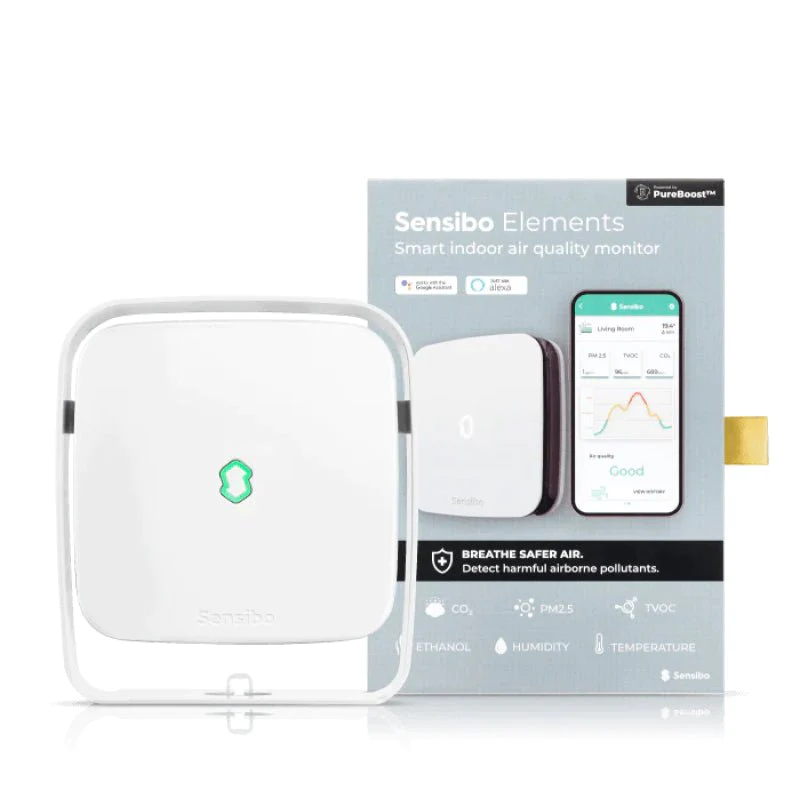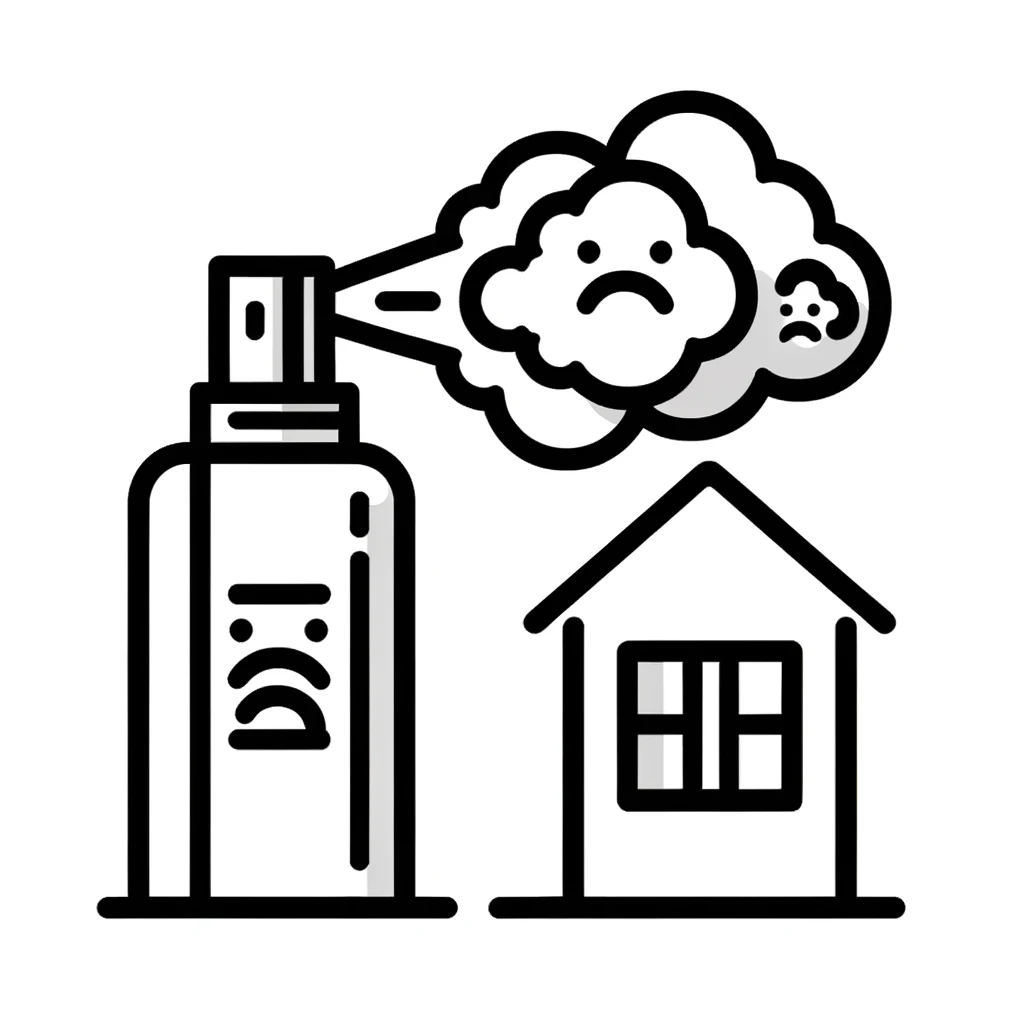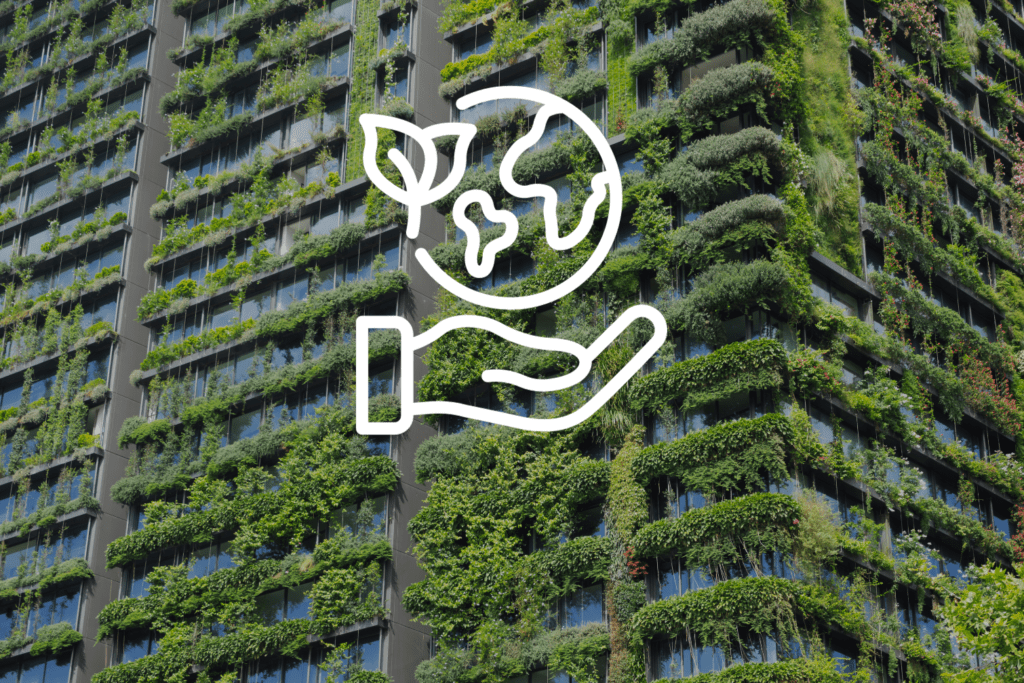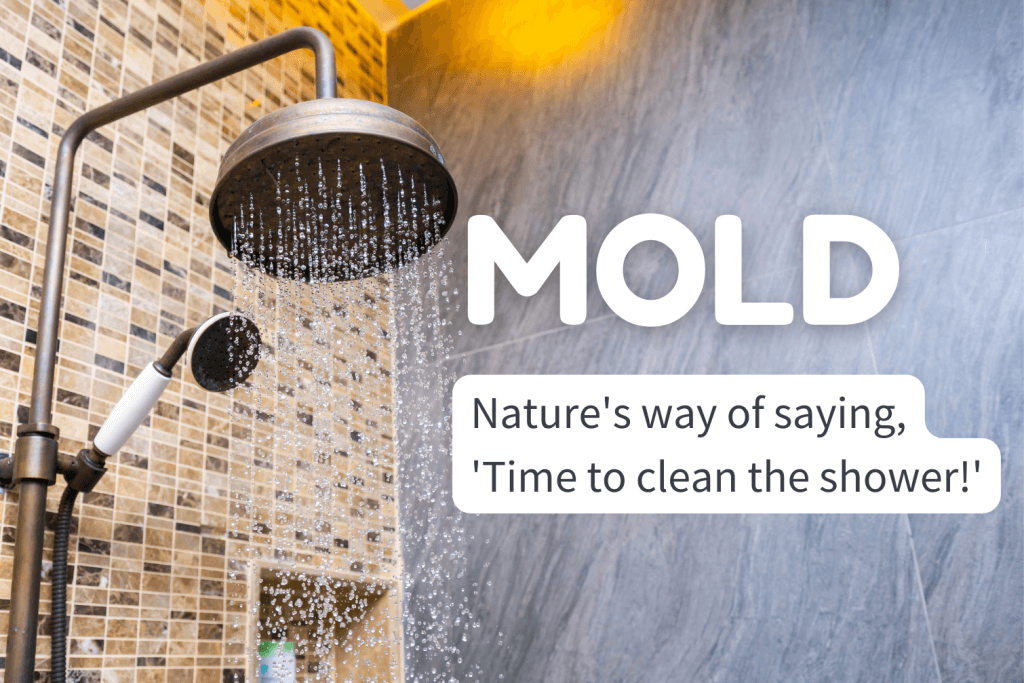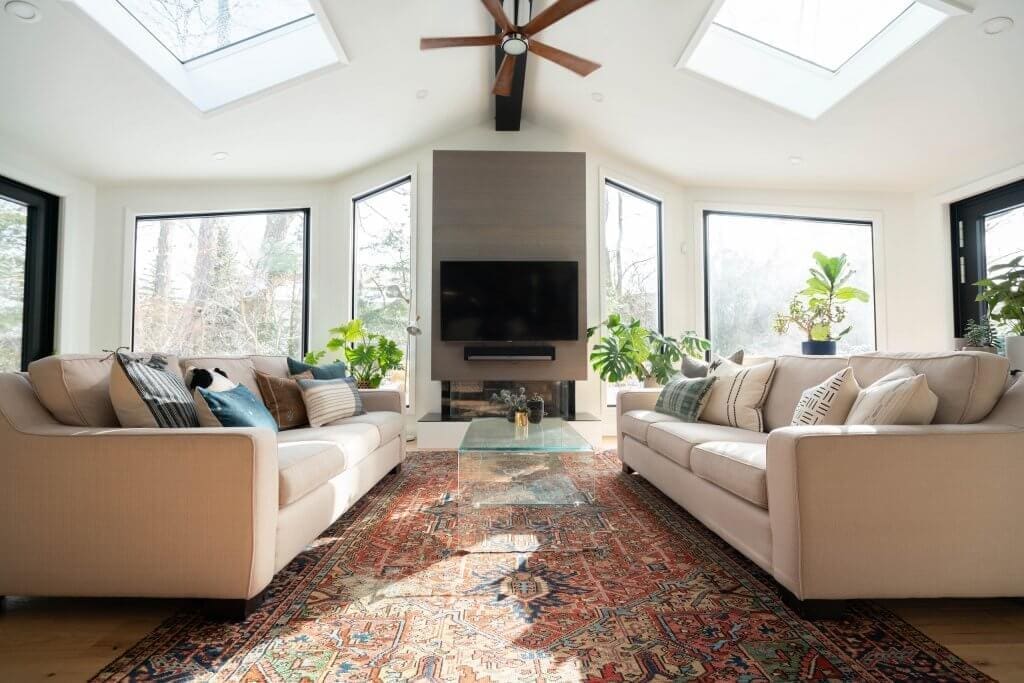We know that humans, animals and insects can get sick. But is it possible for buildings to get sick? Well, the answer is yes and no. Interpret sick building syndrome figuratively, as opposed to literally. Nonetheless, take this risk very seriously.
What Is Sick Building Syndrome?
Sick building syndrome (SBS) occurs when the occupants of a building experience negative health effects seemingly related to the amount of time spent in said building. However, the cause of illness is unidentifiable and a specific illness cannot be diagnosed. Sick building syndrome may affect occupants in a specific area of the building or occupants throughout the entire building.
The Dangers of Sick Building Syndrome
Sick building syndrome severely compromises indoor air quality, causing a number of adverse health effects.
There are several symptoms to watch out for, including but not limited to:
- Dizziness
- Nausea
- Fever
- Chills
- Difficulty Breathing
- Headaches
- Rash
- Fatigue
- Irritability
- Runny Nose
Those with existing respiratory diseases may experience an increase in symptoms. Sick building syndrome may lead to serious illnesses such as humidifier fever, Legionnaires’ disease and cancer.
Additionally, depending upon the cause of sick building syndrome, the structural integrity of the building may suffer. For example, mold grows on carpets, upholstery, wallpaper, ceiling tiles and fabric. Removing mold that has spread throughout an entire building is extremely expensive. Other causes that impact structural integrity include low humidity, high humidity and asbestos.
What Causes Sick Building Syndrome?
Poor Ventilation
A poorly ventilated building provides no escape for air pollutants, increasing the risk of sick building syndrome. The American Society of Heating, Refrigeration and Air-Conditioning Engineers (ASHRAE) recommends 0.35 air changes per hour, but not less than 15 cubic feet of air per minute per occupant.
Indoor Chemical Contaminants
Indoor air pollution sources include carpeting, upholstery, cleaning products, adhesives, gas space heaters and devices, copy machines and other common office materials and items. These sources emit volatile organic compounds (VOCs), particulate matter, carbon monoxide, nitrogen dioxide and other chemical contaminants.
Outdoor Chemical Contaminants
Outdoor air pollution sources are vehicle exhaust, asbestos, dust, lead paint and the like. These sources emit chemical contaminants, such as the aforementioned, that enter buildings through windows, doors, vents and other openings. Simply because the source is outdoors doesn’t mean the pollution stays outside too.
Biological Contaminants
Viruses, bacteria, mold, pollen, insect and bird droppings are considered biological contaminants. These contaminants have the ability to multiply and circulate indoors in the right conditions, allowing them to take over an entire building. Airborne diseases caused by these contaminants easily spread in highly populated buildings.
How To Prevent Sick Building Syndrome
Mechanical Ventilation
Poor ventilation is the cause of most indoor air quality issues. On the other hand, good ventilation is the cure for most indoor air quality issues. If chemical or biological contaminants are not properly removed or contained, utilizing mechanical ventilation can further exacerbate the issue. If contaminated air is circulating a building, the health of its occupants will decline rapidly. After removing the source, consider also adding a purification system.
 Healthy Indoor Environment: Sick building syndrome is not confined to the workplace or public buildings, it’s possible in every indoor environment. And that includes schools, an indoor space where the quality of learning depends on the quality of the building. Read more →
Healthy Indoor Environment: Sick building syndrome is not confined to the workplace or public buildings, it’s possible in every indoor environment. And that includes schools, an indoor space where the quality of learning depends on the quality of the building. Read more →Purification
A whole-building active air purifier eliminates indoor air pollutants effectively and efficiently. It removes dust, viruses, VOCs, dander and more.
Prioritize Source Control
Source control aims to reduce or eliminate the cause of indoor air pollutants in the first place. For example, using environmentally friendly cleaning products, prohibiting tobacco use on the premises and avoiding gas space heaters. Reducing or eliminating actions that contribute to the emission of VOCs, particulate matter and other harmful chemicals significantly improve indoor air quality.
Upgrade Filtration
Air filters receive a rating based on their efficiency. This rating is known as a minimum efficiency reporting value (MERV) rating. MERV ratings range from 1 to 20, the higher the rating the better the filter. However, a majority of buildings and certainly homes will not require filtration above MERV 15. Air filters with a MERV 11 rating or higher capture the majority of chemical and biological contaminants without reducing airflow. Proper filtration will resolve two of the most common causes of sick building syndrome.
The Good News
While sick building syndrome is incredibly serious, it can be prevented and reversed. It’s important to understand the signs of sick building syndrome so that you can address it immediately before it becomes unmanageable. Remember, sick building syndrome leads to costly repairs and absenteeism, neither of which is good for business!

